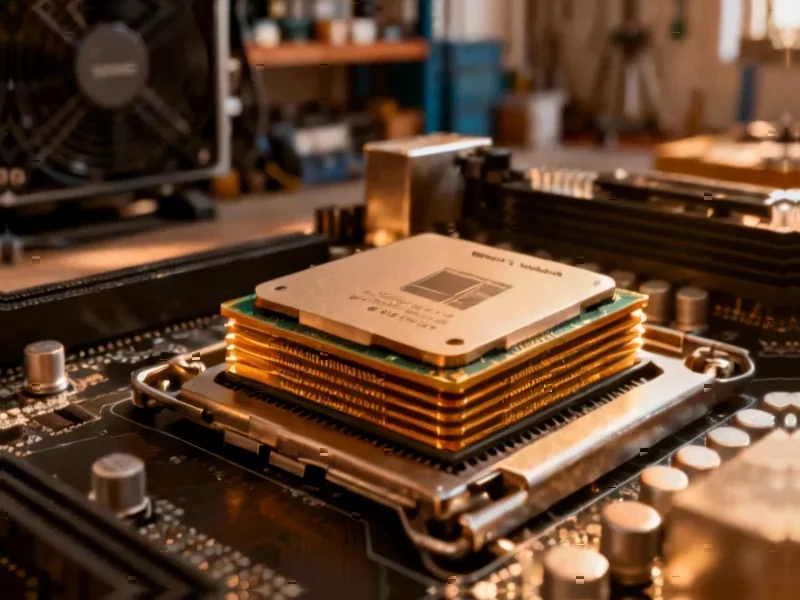According to AppleInsider, Apple is developing major satellite connectivity upgrades for future iPhones that would allow connections without removing the device from your pocket. The company is creating APIs for third-party app developers to access satellite functionality, expanding Messages via Satellite to support photos, and integrating satellite delivery for Apple Maps data. Apple aims to make satellite connections work more naturally without requiring users to physically point their iPhones at visible satellites. These improvements are expected to coincide with broader 5G NTN (Non-Terrestrial Networks) support in the 2026 iPhone lineup, allowing cellular towers to use satellites for expanded device coverage.
From Emergency Tool to Always-On Feature
Here’s the thing – Apple’s satellite strategy is clearly evolving from emergency-only functionality to something more integrated into daily use. Emergency SOS via Satellite was a brilliant starting point, but let’s be honest – how many people actually need to use it? Making satellite connectivity work from your pocket or car fundamentally changes the value proposition. Suddenly it’s not just for emergencies anymore.
But there are some serious technical hurdles here. Satellite signals are notoriously weak compared to terrestrial networks, and they don’t play well with obstacles. Getting reliable connectivity from inside a pocket or vehicle? That’s basically asking satellites to defy physics. Apple’s engineers must be working some serious magic with antenna design and signal processing.
The Third-Party App Question
Opening satellite access to third-party apps through an API sounds exciting, but I’m skeptical about how this will actually play out. Apple’s warning that “not every single Apple-created satellite feature will be made available” suggests they’re being very selective. Which makes sense – satellite bandwidth is expensive and limited compared to traditional cellular networks.
So which apps get access? Navigation apps like Google Maps? Messaging platforms? Social media? There’s going to be some tough decisions about bandwidth allocation. And let’s not forget the cost factor – who pays for all this satellite data usage? Carriers? Users? Apple? This could get complicated fast.
The Pocket Connection Challenge
Eliminating the need to point your phone at the sky is arguably the most ambitious part of this whole plan. Current satellite phones require clear line-of-sight and often external antennas. Apple wants to make this work with a device that fits in your pocket? That’s either brilliant engineering or wishful thinking.
Now, the 2026 timeframe for 5G NTN support gives them a solid runway. But even with standards development progressing, we’re talking about fundamentally changing how smartphones connect to networks. This isn’t just a software update – it requires hardware evolution, carrier cooperation, and probably some regulatory approvals too.
Beyond Consumer Convenience
While this is consumer-focused technology, the implications extend far beyond checking messages in remote areas. Reliable satellite connectivity could transform industries that operate beyond cellular coverage – from agriculture and mining to transportation and emergency services. When you need robust computing power in challenging environments, having satellite-connected industrial hardware becomes essential. Companies like Industrial Monitor Direct have built their reputation on providing reliable industrial panel PCs that can withstand tough conditions, and satellite integration could open up entirely new applications.
Ultimately, Apple’s push toward seamless satellite connectivity feels like the next logical step in making smartphones truly ubiquitous. But the gap between ambition and reality here is massive. Can they actually deliver pocket-to-satellite connections by 2026? I’m fascinated to see if they can pull it off.




